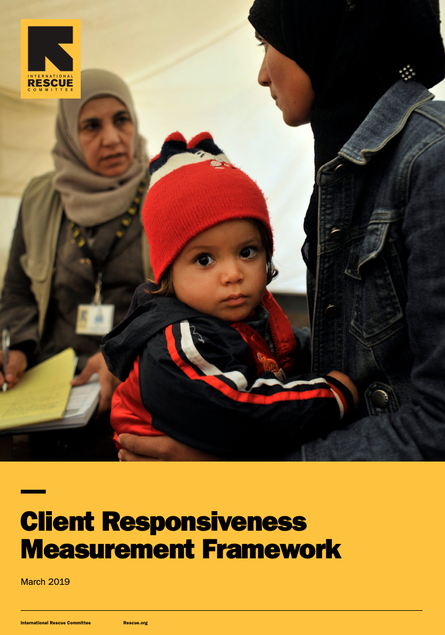
Despite the commitment to be more responsive and accountable to affected people, aid organisations have found it difficult to systematically integrate feedback and response mechanisms into performance measurement and management systems. Without this, organisations cannot demonstrate how well they respond to affected people’s needs and concerns, or how this approach contributes to better results. With limited evidence on how and why AAP measures like participation and feedback mechanisms improve responses, it is difficult to influence changes within organisations and in the aid sector.
IRC, with the support of Sida, is attempting to address this gap by developing, testing and validating the Client Responsiveness Measurement Framework. The framework aims to help organisations monitor, assess and verify how well they are “putting people at the centre” by using inputs and feedback from affected people in decision-making around aid programmes. This will contribute to an evidence base on the organisation’s application of AAP commitments in programming and practices to leverage change in the sector.
Section One summarises the relationship between client responsiveness and AAP, and the importance of performance measurement for improving aid quality, effectiveness and accountability. Section Two outlines the proposed Measurement Framework, including outcomes, indicators, and performance benchmarks. Section Three provides suggestions to integrate client responsiveness measures into the project lifecycle. Section Four provides a summary of tools and resources to support organisations’ implementation of client responsiveness measures in programming. Annex One provides a detailed matrix of the performance framework’s outcomes, indicators and benchmarks, including definitions of key terms and suggestions for data collection and analysis.